Innovate, optimize, and transform with AI. Seize the chance to learn the key technology and leadership strategies your peers are using to increase OR access for surgeons, reduce length of stay, lower patient wait times, and increase ROI.
5K+
Registrants
1K+
Hospitals
1K+
Decision Makers
400+
Health Systems










Put down your pencil and paper. Close out Excel. Our Artificial Intelligence and Machine Learning-based products are easy to use, eliminate operational bottlenecks, generate revenue, and increase access to care.
Free up capacity during prime time hours and establish a credible, surgeon-centric, and transparent system to improve open time and surgical block utilization.
Optimize infusion scheduling, level-load patient flow, and improve experience for patients and staff alike.
Predict patient surges, pinpoint barriers, and prioritize discharges so care teams can proactively and effectively manage bed availability, patient throughout, and staffing need.
Make proactive, data-driven decisions for patient flow, scheduling, command center, block management, staffing, and other capacity management use cases across both inpatient and outpatient settings.
Make your operations excellent with predictive analytics. Not tomorrow or next week. Take the first step towards unlocking hospital capacity and increasing patient access—today.